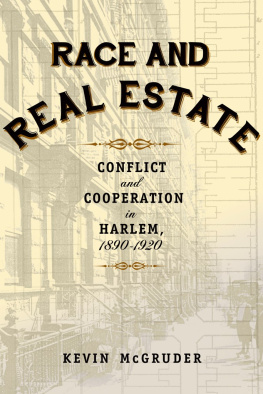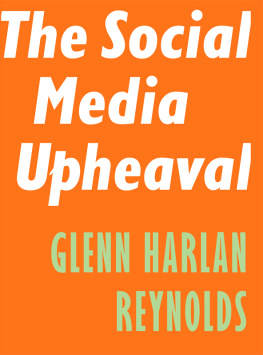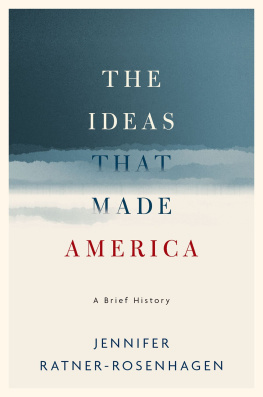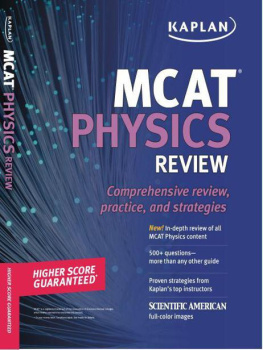Published by The History Press
Charleston, SC
www.historypress.com
Copyright 2021 by Paul Matthew Kaplan
All rights reserved
First published 2021
e-book edition 2021
ISBN 978.1.43967.211.2
Library of Congress Control Number: 2020948650
print edition ISBN 978.1.46714.348.6
Notice: The information in this book is true and complete to the best of our knowledge. It is offered without guarantee on the part of the author or The History Press. The author and The History Press disclaim all liability in connection with the use of this book.
All rights reserved. No part of this book may be reproduced or transmitted in any form whatsoever without prior written permission from the publisher except in the case of brief quotations embodied in critical articles and reviews.
CONTENTS
For three close friendsSharon Goldman, who educates; Josh Brook, who writes plays; and Jacob Koskimaki, who composes songs and novels.New York at Sunrise
By Anna Hempstead Branch
When with her clouds the early dawn illumes
Our doubtful streets, wistful they grow and mild;
As if a sleeping soul grew happy and smiled,
The whole city radiantly blooms.
Pale spires lift their hands above the glooms
Like a resurrection, delicately wild,
And flushed with slumber like a little child,
Under a mist, shines forth the innocent Tombs.
Thus have I seen it from a casement high,
As unsubstantial as a dream it grows.
Is this Manhattan, virginal and shy,
That in a cloud so rapturously glows?
Ethereal, frail, and like an opening rose,
I see my city with an enlightened eye.
Anna Hempstead Branch worked as a settlement house worker in New York Citys Lower East Side during the Progressive Era. Her poem depicts the hope from a multitude of reforms enacted during this period.
HOW THIS BOOK WORKS
This book pieces together the main movements of the Progressive Era (18901920), showing the profound societal changes sweeping the United States, with an emphasis on New York State.
The first section, The Decades Before the Progressive Era, describes the factors that led to the Progressive Era. Rapid industrialization, unprecedented immigration offering cheap labor and rapid technological advancement helped created an extremely wealthy class. With a demand for more office and technical work, a middle class emerged. This new class would reshape the values, leisure and morals of the day. Middle-class women would become more educated and marry later. Some were demanding societal changes.
But the poor and working-class felt left behind. The economy was shifting in an uncomfortable way from smaller firms serving their communities to larger corporations. In the 1870s and 1880s, there was dissent in the air in the United States and especially in bustling New York State. From these shifts, reformers rallied for improvements in housing, conservation, labor conditions, racial rights, womens suffrage and much more.
The remainder of the book describes these changes that occurred during the Progressive Era, encompassing three areas: social reform, anti-monopoly and organizational efficiency. The book describes national changes through the lens of New York State.
Each area of reform is grouped as a part or larger theme. Within each part, various chapters illustrate examples.
The following timeline shows key events during this period.
* Some historians consider the stock market crash to mark the true end of the Gilded Age.
ACKNOWLEDGEMENTS
Thanks to the following venues for their research materials and reference services: the staff at the Yale Club of New York, including Christina Kasman; the New York Society Library, including Carolyn Waters; the Library of Congress, Division of Prints & Photographs; and the Poets House downtown for helping me select a suitable poem. Thanks to the Henry Ford Museum and Ford Piquette for providing research opportunities. I also acknowledge the contributions of authors and academics of previous books, articles and documentaries on this subject, who are noted in the bibliography. Thanks also to Eileen Kaplan for her editing and content suggestions.
A shout-out to Banks Smither, editor at Arcadia Publishing and The History Press, and the presss publicists and sales staff.
I also thank key venues for book talks, including the Harvard Club, Yale Club, Union League of New York, General Society Library, Jewish Museum of Florida, Lower East Side Jewish Conservancy, Museum at Eldridge Street and many more. Also, thanks to Writers Voice for this fine radio shows support of my other book projects.
I also nod to the support of friends and family, including Jack and Eileen Kaplan; brother Andrew and Leo and Aquarius Kaplan; Uncle Ted Katz, who brainstormed titles for the book; Karen, Deha, Kyle and Julian Rozanes; Diane, Ed, Mango and Willow Ziegman; and Robert and Jane Katz. Friends not already mentioned who provided encouragement on this project include Christine Allers, Barney Pearson, Daphne Balick, Jiyoung Cha, Alfred Robert Hogan, Ron Klayman, Matus Kopunec, Bonnie Kintzer, Yan Ma, Angela Pruitt, Karen Seiger and Felix and Gracie Kaplan.
INTRODUCTION
In the closing decades of the nineteenth century in New York State, profound change was coming. The Gilded Age had produced great income disparity. What were once agrarian and rural communities were rapidly transforming into urban centers. Industrialization was changing the lives of New York State residents. Suddenly, electricity lit up their streets; travelers were taking trolley cars and early prototypes of the automobile, rather than relying on horses; and buildings in New York City began to reach the sky. The bustling metropoliss population was on its way to becoming one of the most influential cities in the world.
Many social classes felt left in the dust of this rapid-fire transformation. Rugged individualism and minimalist, laissez-faire government were bedrock principles of the barely one-century-old nation. But some reformers began to challenge these government hands-off policies. The working class was laboring in often dangerous jobs with no protections. Women could not vote and did not have much of a voice in government. Housing in crowded neighborhoods, like the Lower East Side, was unsanitary and hazardous for the immigrant families who rented them. In rural New York, land was being bought up and developed, often trampling on parks and forests. At the same time, many industries were engaging in illegal behavior by forming monopolies with unfair advantages over smaller players and receiving kickbacks and bribes. New York City and State governments were steeped in corruption.
The Progressive Era (18901920) ushered in a wave of cultural, political and societal changes. Three themes that defined the Progressive Era were the common good, anti-monopolism and organizational efficiency.












